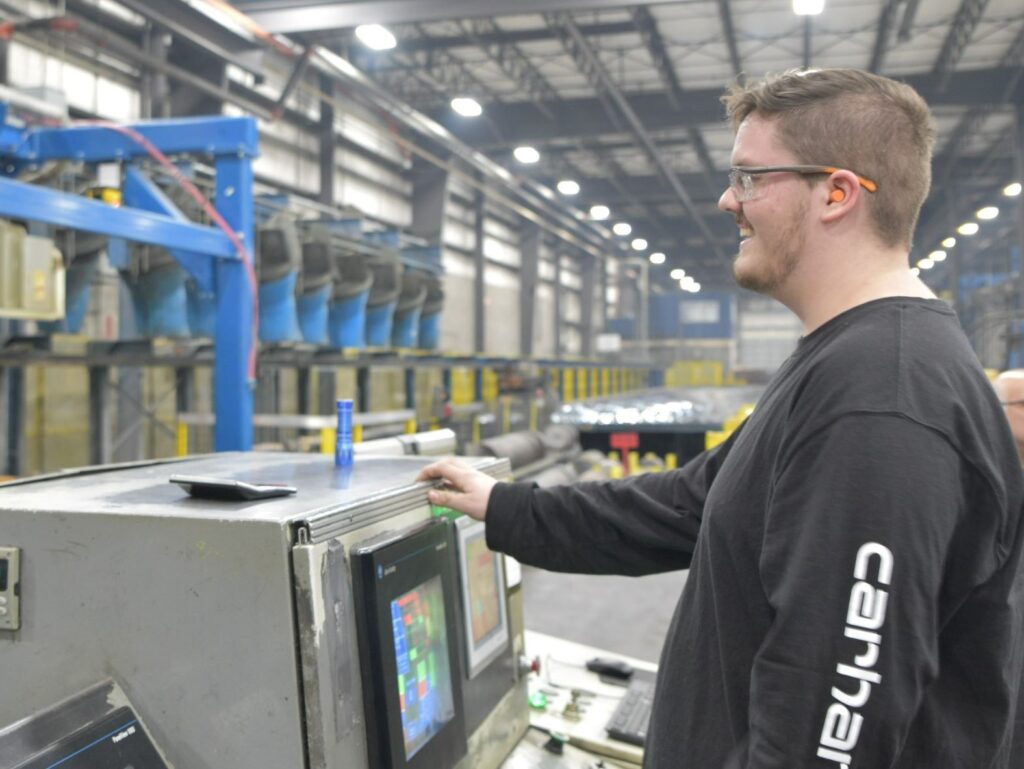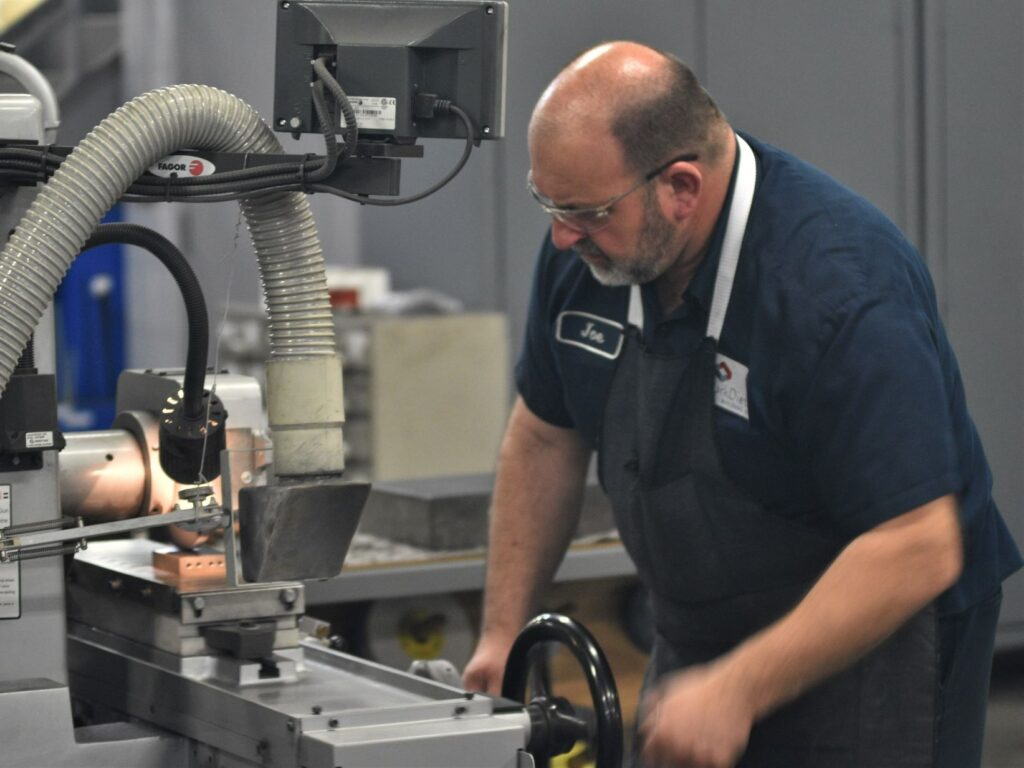More than half of teenagers are open to alternatives to a traditional college degree to prepare them for a career.
According to a 2021 survey by ECMC Group, just 48 percent of high school students are considering a four-year degree. That number is down from 71 percent from May 2020.
More than half of those surveyed feel they can achieve success in three years or fewer of education, including through apprenticeships.
Among the “quicker pathways to careers” they view as most appealing: trade skills and on-the-job training.
What can that mean for manufacturing?
A new phase in manufacturing
Alex Hertzer, MVMC assistant director, said the timing of the survey’s findings is great news for Mahoning Valley manufacturers. To capitalize on the opportunity, he said we must acknowledge and defeat the still-lingering stigmas of industry along with a misconception of how to approach growing the talent pipeline.
“We need to promote to job seekers that we’re in a new era in manufacturing,” Hertzer said.

That new era includes more technology, automation, safety, clean and bright facilities, and real career paths.
It’s finding a way to relate the new industry shifts to Gen Z and future generations, Hertzer said.
“As a high school senior, some information might come from influencers.”
Using local influencers is a way to show teens “manufacturing is enticing. There are benefits, good pay and the biggest thing right now: culture.”
Job seekers want to have that life-work balance, Hertzer said.
It’s important that job seekers see a logo or hear a manufacturing company name and immediately associate it with a positive culture, he added.
Hertzer said to reach Gen Z to dispel old ideas about manufacturing, the approach of explaining is key.
“It’s about rebranding manufacturing as an opportunity. It’s not just an option.”
Hertzer said collectively we need to convey a consistently positive message about today’s manufacturing careers.
“Let people know yes, you’re going to work hard and sweat, but you’re going to feel you’re part of a family, you’ll have great benefits, your supervisors are there to help you. You’ll have a career path and will grow,” Hertzer said.
Learning while earning
Providing opportunities for Gen Z to start making money right as they graduate can be crucial, Hertzer said.
Apprenticeships give people a feel for what work needs to be done, and it allows apprentices to mesh with seasoned employees while learning on-the-job.
In the survey, 65 percent said they felt skills should be learned in a lab setting or somewhere hands-on. Another 53 percent would opt to gain skills in apprenticeship-type experiences.
Locally that can be done through programs like WorkAdvance and registered pre-apprenticeships and apprenticeships.




